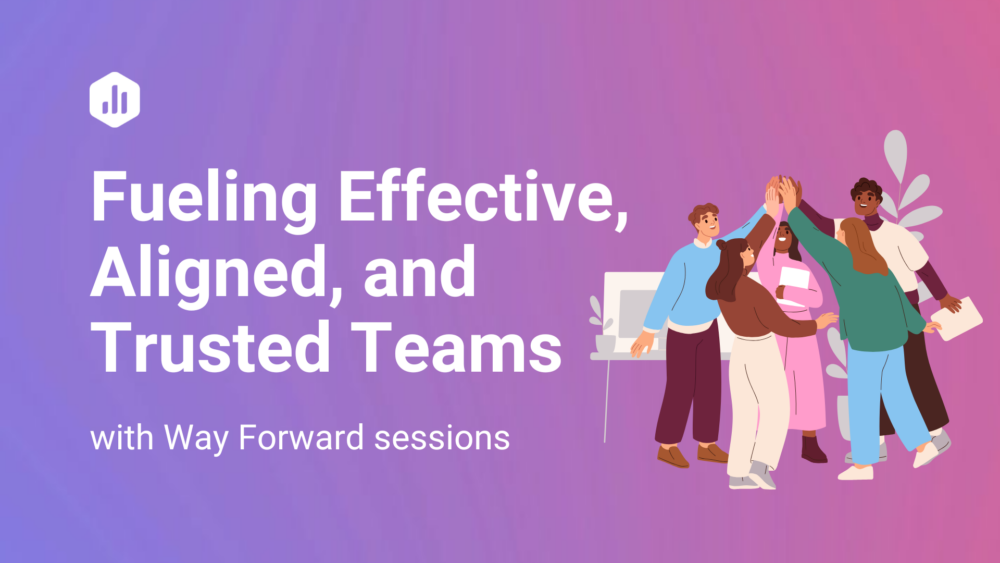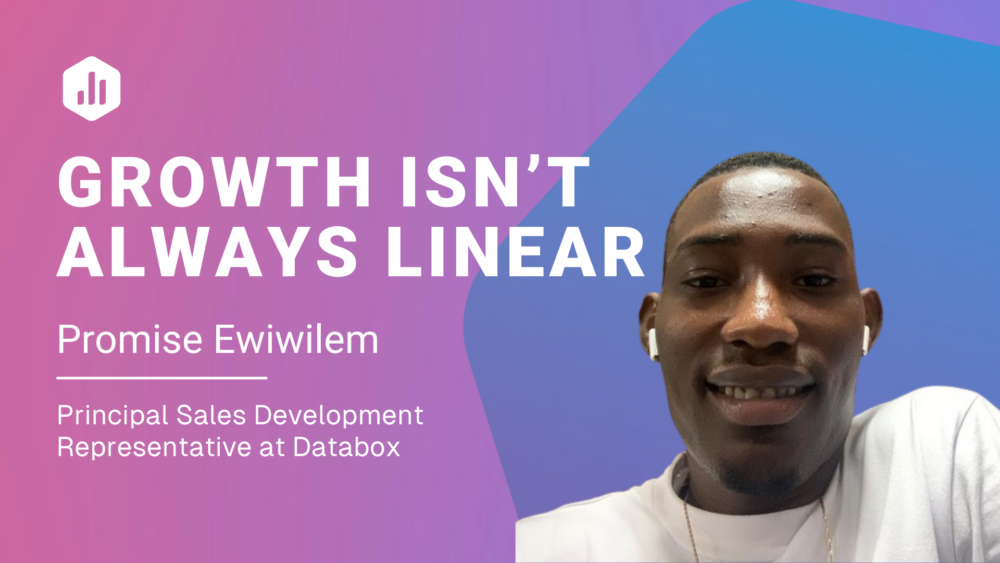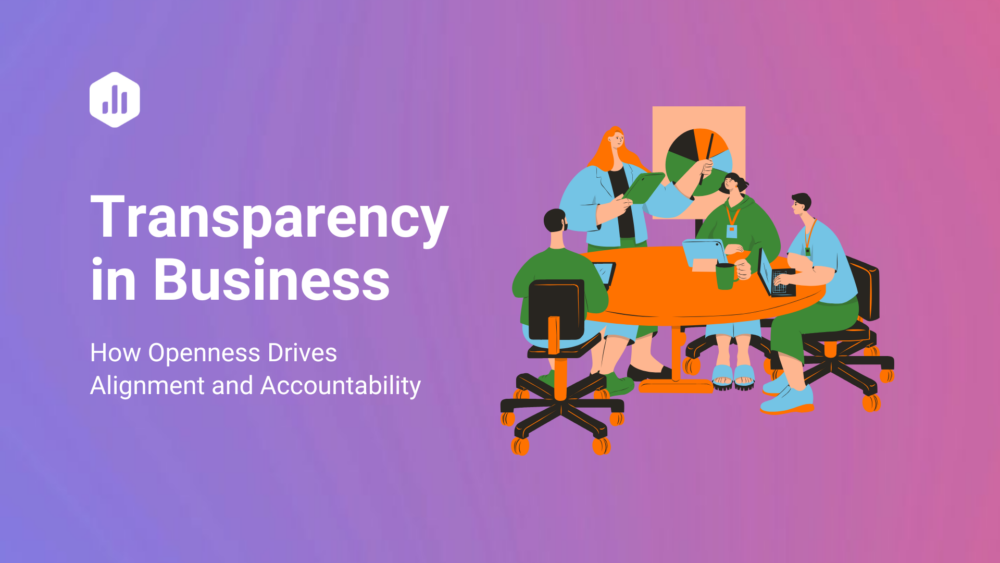Table of contents
According to Slack, over 82% of people agree that feeling happy and engaged at work is the key driver of their productivity.
This proves that workplace satisfaction is about more than just keeping employees content. It’s a critical factor in driving organizational success. Companies with satisfied employees regularly outperform their competitors, which proves that a happy workplace is a strategic advantage.
However, getting people to be happy and thus productive cannot be imposed from the top down. It requires a collaborative approach that originates from the teams themselves. At Databox, we have addressed this by empowering our teams to actively shape their culture and performance through open team discussions where they identify areas of improvement and actively contribute to individual satisfaction and team success.
Fostering Team-Driven Conversation
The first step towards content employees is understanding their experience. To do that, we use Employee Net Promoter Score (eNPS) to gauge employee satisfaction and engagement twice per year. eNPS measures how likely employees are to recommend Databox as a workplace, providing both a numerical score and detailed, anonymous feedback.
After analyzing the responses, we hold team discussions to address pain points, identify opportunities, and implement actionable improvements. This collaborative approach drives meaningful change, enhances work practices, and fosters a more engaged and dynamic workplace.

The main goal of team discussions is to inspire reflection and explore ways individuals can contribute to team efficiency, satisfaction and engagement within their scope of work. This helps us create alignment inside teams and foster a culture of open communication at the same time.
Stop, Start, Continue
When discussing areas for improvement, teams are encouraged to use the Start, Stop, Continue template to reflect on their own contributions and ways of working. Each team member writes their suggestions on a post-it note and adds it to the board—physically or virtually on Zoom. This ensures every voice is heard and everyone has an equal opportunity to contribute.

The Start, Stop, Continue template is a powerful tool for retrospectives that fosters growth through open-ended questions and active listening. It helps teams reflect on successes, challenges, and areas for improvement, even when things don’t go as planned.
The method has three parts, each focusing on a specific aspect of team performance and growth opportunities:
- Start: Encourages identifying new actions or resources that can improve processes. Results may include using new tools, introducing new habits, or improving ways of communication.
- Stop: Pinpoints pinpoint unproductive practices, behaviors, or workflows that no longer serve the team. Members are encouraged to give constructive feedback to make room for clearer and more productive alternatives.
- Continue: Celebrate strengths, successes, and practices that are contributing positively. Reinforce effective strategies and encourage the team to double down on what works for them.

The People & Culture team facilitates team discussions, ensuring teams focus on meaningful challenges that have an immediate and direct impact on their satisfaction and effectiveness.
How We Structure Team Discussions
We focus on team discussions because the areas of improvement usually relate directly to specific team experiences. Without a tailored approach, it is challenging to pinpoint the root causes of areas needing improvement. General solutions cannot address the unique pain points of individual teams, which means that targeted discussions are the right way to foster deep understanding and drive team-specific improvements.
Reviewing Results
The conversation begins with an analysis of the team’s overall score, which provides a broad perspective on performance and engagement.
Identifying Strengths and Areas of Improvement
This is followed by identifying the team’s strengths to celebrate what is working well and then addressing areas that need improvement.
Fostering Open Dialogue
Using the Start, Stop, Continue template, the team collaboratively examines behaviors, practices, and processes to enhance their effectiveness.
Form Commitments
The desired outcome of each discussion is to commit to 2 actionable changes that directly address pain points. These commitments are documented in Asana, our project management tool, ensuring clear accountability and progress tracking. Teams are responsible for developing practical solutions and implementing them before the next discussion.

By taking ownership of the process and outcomes, team members are empowered to drive meaningful change, fostering a proactive growth and collaboration culture.
Sharing Commitments
The commitments are later shared with the entire team during a session called “Sharing Team Commitments.” This not only inspires other teams to explore similar changes but also fosters a culture of knowledge-sharing, giving this initiative added value.
Initiatives that Drive Team Effectiveness
Since each team deals with unique challenges, the commitments that they form during those discussions reflect those challenges and relate to their identified areas of improvement. Team members are encouraged to dive deep and identify ways to enhance their team dynamic, habits, and practices.

To put this idea into perspective, we are sharing the initiatives from Databox teams that have had the most impact on team performance, engagement, and success.
The Data Engineering team’s commitment: Improving project planning and execution through process and development enhancements
Their key focus was breaking projects into manageable milestones, setting realistic timelines, and defining technical and business KPIs to measure success.
The Marketing team’s commitment: Improving collaboration by introducing “User Manuals”
Their focus was encouraging more leaders to create personal guidebooks outlining their working styles, strengths, priorities, and tips for effective collaboration. User Manuals aim to foster clearer communication and stronger teamwork by helping others understand how to work with them most effectively.

Product & Engineering team’s commitment: Way Forward Sessions
Way Forward Session is a day-long workshop that a team organizes once per year. The session is designed to reflect on and realign team goals, mission, responsibilities, and mutual expectations. The purpose of Way Forward sessions is to foster trust, unlock the team’s full potential, and clearly define their shared purpose and mission, creating a strong foundation for collaboration and success.
Benefits of Empowering Teams to Co-Create Culture

Giving the steering wheel to teams and empowering them to co-create our culture can have a positive impact on employee satisfaction and team productivity. Here are the benefits we see:
- Improved Work Satisfaction: Teams feel heard and valued and have a better sense of morale.
- Enhanced Team Performance: Giving teams ownership over their productivity and performance leads to better collaboration and accountability.
- Stronger Team Dynamics: Open discussions build trust and cohesion.
- Active Contribution to Culture: Employees feel more invested in the workplace they’re shaping.
Striving for Continous Growth
Empowering teams to shape their culture through open discussions and collaborative commitments is a game-changer for workplace satisfaction and productivity. At Databox, we’ve seen firsthand how these initiatives foster trust, improve team dynamics, and inspire meaningful change. By giving teams the tools, frameworks, and ownership to address their unique challenges, we create an environment where employees feel heard, valued, and motivated to succeed.
Ultimately, a culture of open communication and accountability benefits individual teams and drives organizational success. When employees are engaged and aligned with their team’s goals, they contribute to a stronger, more innovative company. By embracing this approach, we’re not just improving day-to-day operations; we’re building a workplace where everyone has the opportunity to thrive.











